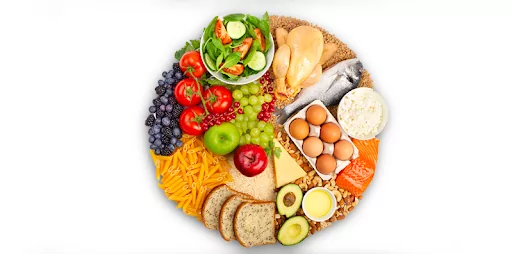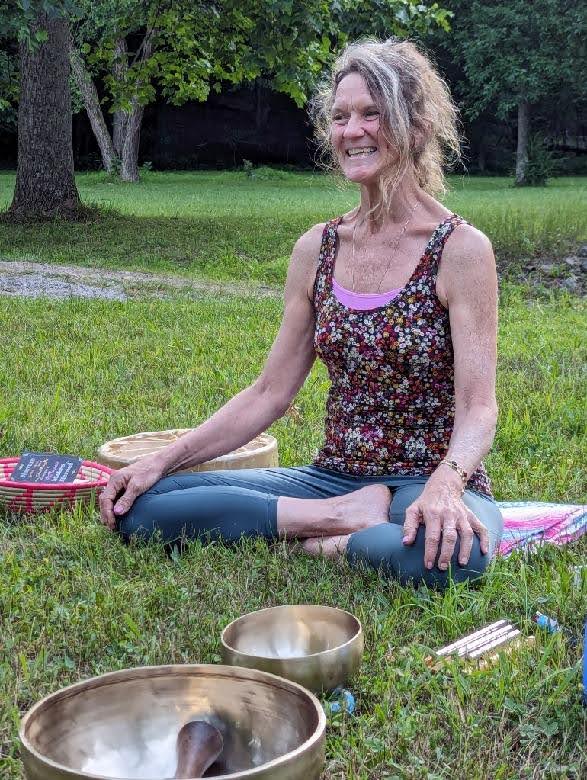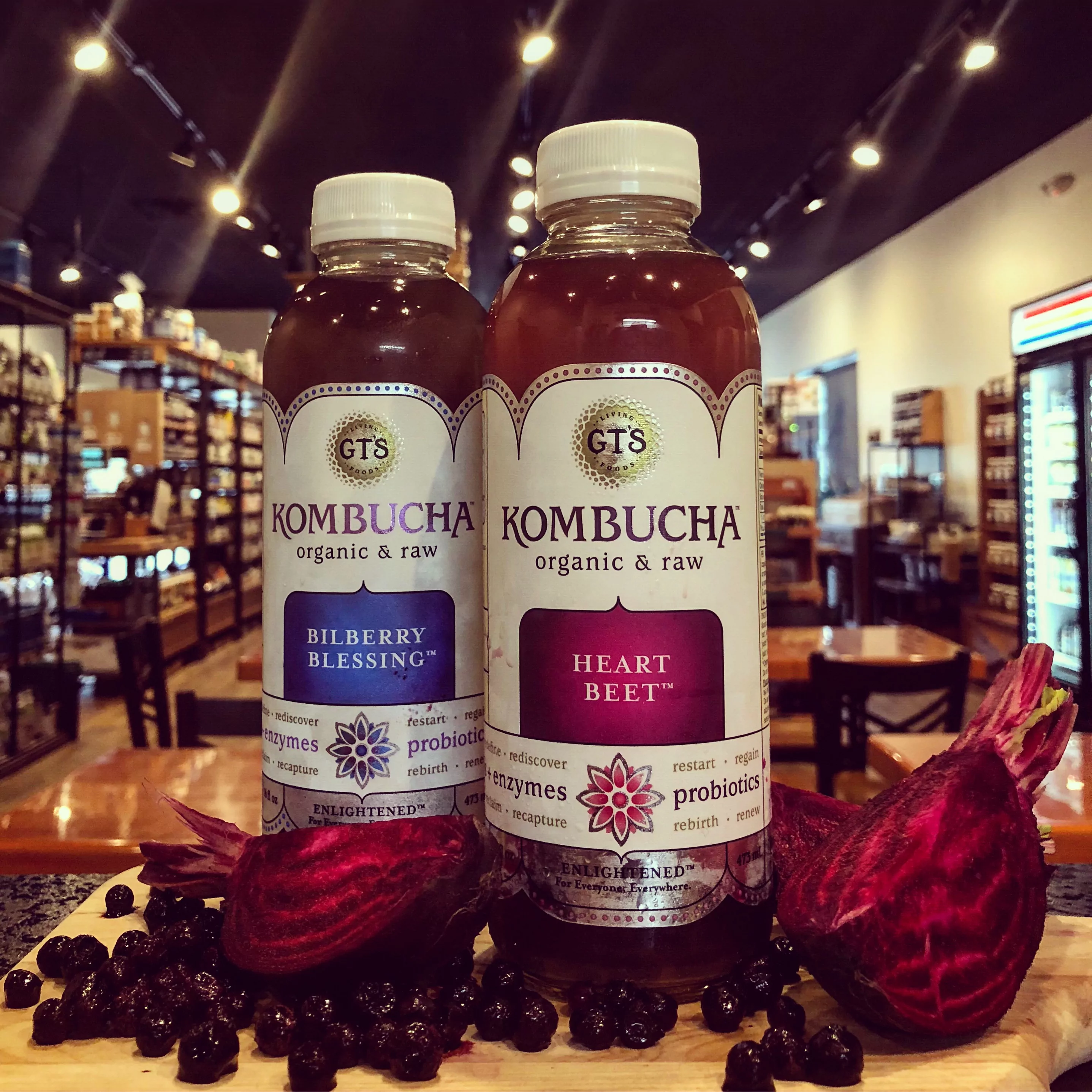
Aging Well with a Healthy Diet
What is a healthy diet? According to the dictionary, a healthy diet maintains or improves our health. Its purpose is to provide our body with proper nutrition, fluid, macronutrients like protein, micronutrients like fiber, vitamins, and food energy.
WOW! What I eat can put pressure on my overall health??? Does that mean no more ice cream, birthday cake, or Thanksgiving stuffing and pumpkin pie? Do I have to eat vegetables only? Well, maybe, and maybe not.
Thanks to our free living when we were younger, as we get older, we have to be more aware of the nutritional value of our food choices. Because of different health issues, now our bodies CRAVE healthy nutrition.
So what diet is the best? First, consult your doctor or practitioner if you have any underlying health challenges. Then, aim for variety when following these guidelines:
- Choose organic and naturally colorful.
- Always shop in the produce aisle when at the supermarket.
- Try to buy local and seasonal (farmer’s markets are a good resource). When buying in season, you naturally supply your body with the proper nutrition.
- In regions with a short growing season, consider buying an excess of fresh food and freezing it yourself. Frozen produce actually holds the nutrition in the food until eaten.
Why buy seasonal?
Spring offers us vegetables and fruits to detox us from our flu season in winter, such as asparagus, onions, and strawberries. Summer supplies us with hydrating and cooling produce such as watermelon, cucumbers, and lettuce. Fall offers us nutrient-rich produce high in vitamin C, like squash, and fiber from apples to prepare for the flu season. Winter months provide us with grounding and sustaining root vegetables like potatoes, carrots, and beets.
To make your choices fun and easy, put a color chart on your fridge and check off each color daily. This could be a healthy exercise for everyone to learn more about wellness. To learn which fruits and vegetables are the best for you, resort to the RAINBOW FOOD CHART. It will show you the colors and the food in that category and their nutritional profiles, like red for vitamins A, C, potassium, and antioxidants. Yellow/orange are loaded with vitamin A and C. Blue/purple for urinary tract and memory function. White for heart and cholesterol. Green for vitamin K and healthy blood clotting, strong bones and teeth, and vision support. Dark green foods provide fiber and are high in antioxidants.
Also, what is really neat is that certain foods portray the part of the body they are good for!
Like walnuts for your brain.
Carrots, when sliced, resemble eyes.
Ginger is shaped like our stomach.
Green leafy vegetables have veins, similar to our circulation system.
Clams resemble testicles.
Broccoli is like trees that breathe like lungs.
Sweet potatoes resemble our pancreas and are great for our tissues.
Grapefruits are round and have limonoids that help to fight breast cancer.
Tomatoes have chambers like our heart.
Celery is high in silica and shaped like our bones.
Food can be fun!
We can’t just stop at the color and shapes because it’s entertaining. We need to include food that is mainly fiber and protein too. Fiber gets to the nitty-gritty of our dirty work. Some of the foods listed above contain fiber and protein, but what really gives us a bang for our buck is to include grains, lentils, and beans. Eating a variety of these will supply us mainly with plant fiber and protein.
Prefer meat?
Choose lean, hormone-free, grass-fed, and local. Protein will help our body utilize all of those fantastic colors in our food through our cells and muscles. Of course, you need healthy oils like olive, coconut, and grapeseed to help the rest of your body. They help lubricate your joints, make your skin younger and grease the brain gears. Don’t forget dairy – just go for low-fat or non-dairy when needed. If you read our recent Fresh News on Hydration, I don’t need to remind you that pure water will be the carrier for all! Without enough pure water, we cannot transport nutrients to our cells, remove waste from them, or maintain healthy circulation. Click here to read the full article.
Remember, we are what we absorb, not just what we eat. So talk to us about which enzyme and probiotic supplements are right for you to maximize your absorption of nutrients. And, for those of you following a colorful, plant-based diet, along with regular exercise, a little sweet treat can be enjoyed on occasion. So savor that slice of birthday cake or scoop of ice cream.
Be well and have fun doing it!
Sandy Fidler, Wellness Coach





